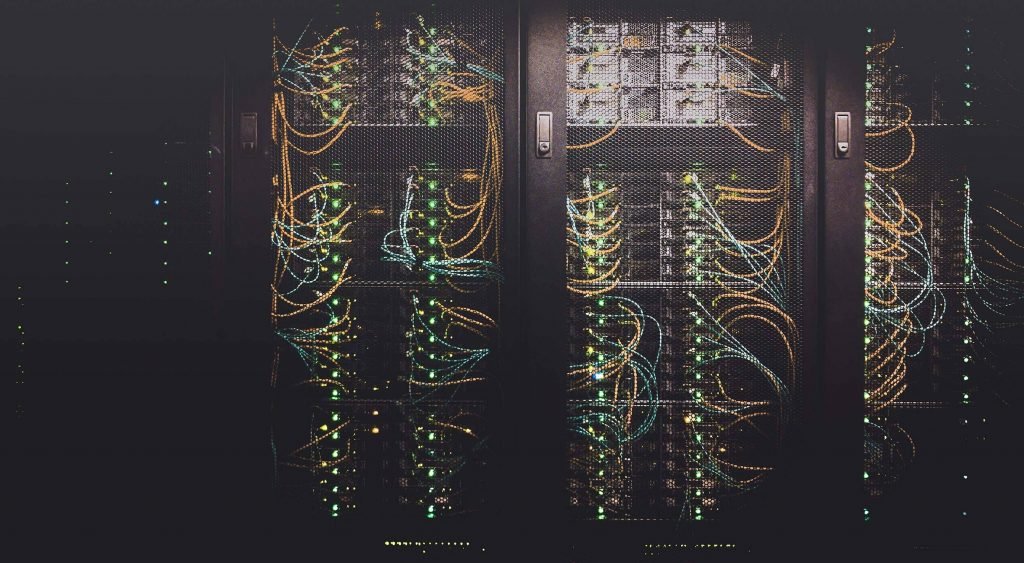Introduction:
Generative AI (GenAI) is one of the most exciting fields in artificial intelligence today. With applications ranging from image generation to language models like GPT-4, GenAI has the potential to reshape industries and create new ones. However, before diving into the world of GenAI, it’s important to build a strong foundation. In this article, we will explore the key concepts, tools, and skills needed to start your journey into Generative AI.
1. Mathematics and Statistics
A solid grasp of mathematics is crucial for understanding the inner workings of AI models:
- Linear Algebra is essential for matrix operations and neural networks.
- Calculus helps with optimization techniques like gradient descent.
- Probability and Statistics are vital for understanding uncertainty in AI and machine learning.
2. Programming with Python
Python is the go-to language for AI. Learning how to use essential libraries will enable you to implement models effectively:
- NumPy and Pandas for data manipulation.
- Matplotlib and Seaborn for data visualization.
- TensorFlow or PyTorch for building and training neural networks.
3. Machine Learning Basics
Before jumping into GenAI, understand the fundamentals of machine learning:
- Supervised Learning: Building models with labeled data.
- Unsupervised Learning: Identifying patterns in unlabeled data.
- Model Evaluation: Learn about metrics like accuracy, precision, recall, and F1-scores to evaluate the performance of your models.
4. Deep Learning Fundamentals
Deep learning is the backbone of generative models. Key topics to cover include:
- Neural Networks: How they work and different architectures (CNNs, RNNs, Transformers).
- Optimization Algorithms: Understand backpropagation and optimizers like Adam.
- Loss Functions: Learn about cross-entropy and mean squared error for training.
5. Generative Models
Generative AI relies on specific models designed to generate data:
- Autoencoders: Used for compressing and generating data.
- GANs (Generative Adversarial Networks): Popular for generating images, videos, and more.
- Transformers: The backbone of advanced text generation models like GPT.
6. Natural Language Processing (NLP)
If you’re interested in text generation, learning NLP is a must:
- Tokenization: How text is broken down into parts for processing.
- Language Modeling: Models that predict and generate coherent text sequences.
- Pretrained Models: Techniques for fine-tuning large language models for your tasks.
7. Computer Vision for Image Generation
For tasks involving image generation, a solid understanding of computer vision is critical:
- Convolutional Neural Networks (CNNs): Key for image-based AI tasks.
- GANs for Image Synthesis: Learn how GANs generate realistic images.
- Image-to-Image Translation: CycleGAN and other methods for transforming images between domains.
8. Transfer Learning and Fine-Tuning
Many GenAI models are built on pretrained models:
- Learn how to fine-tune models like GPT or BERT for specific tasks.
- Explore Hugging Face’s Transformers library for accessing and fine-tuning existing NLP models.
9. Evaluating Generative Models
Evaluating the performance of generative models is challenging but essential:
- Qualitative Evaluation: Inspecting the generated content for quality and coherence.
- Quantitative Metrics:
- For GANs: Inception Score (IS), Frechet Inception Distance (FID).
- For Text Generation: BLEU score, ROUGE score, and perplexity.
10. Ethics and Bias in AI
Generative AI can raise ethical concerns:
- Bias in AI Models: Addressing biases in the training data and preventing harmful outputs.
- Deepfakes and Misinformation: Understanding the ethical implications of AI-generated media.
- Copyright and Ownership: Explore the legal landscape surrounding AI-generated content.
11. Cloud Platforms and Model Deployment
Deploying AI models requires infrastructure. Learn about:
- Cloud Platforms like AWS, Google Cloud, and Azure for handling large-scale models.
- API Deployment: Deploying models as APIs using Flask or FastAPI for real-world applications.
- MLOps: Managing and monitoring deployed models effectively.
12. Hands-On Projects
To fully grasp Generative AI, work on hands-on projects:
- Text Generation: Build a text generator using GPT or RNNs.
- Image Generation: Create a GAN to generate images.
- Style Transfer: Implement neural style transfer to blend images.
Conclusion:
Before diving into Generative AI, mastering these fundamental concepts will give you the tools and knowledge to work with cutting-edge AI models. From programming and deep learning to understanding ethics and bias, this learning path will help you become proficient in the world of Generative AI.
By following this roadmap, you’ll be well-prepared to tackle the challenges and exciting possibilities that GenAI has to offer!





Its like you read my mind You appear to know a lot about this like you wrote the book in it or something I think that you could do with some pics to drive the message home a little bit but instead of that this is fantastic blog An excellent read I will certainly be back
Thanks
Your blog is a true gem in the world of online content. I’m continually impressed by the depth of your research and the clarity of your writing. Thank you for sharing your wisdom with us.